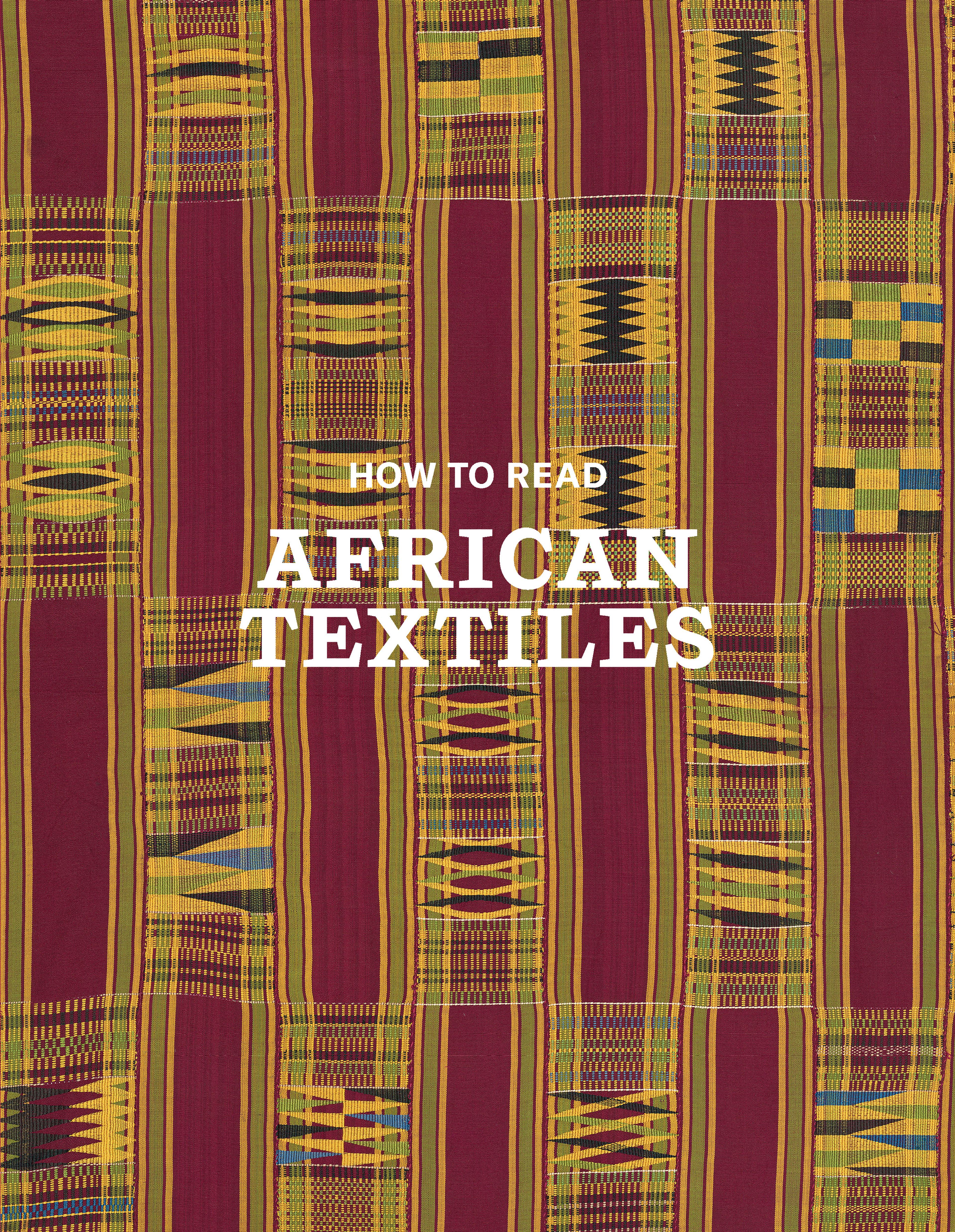Aṣọ òkè
Five hand-picked variations of ẹlẹya (openwork) patterning enhance this delicately handwoven textile. Its light hue signifies the purity and sanctity of the ancestors, imparting the wearer with an aura of peace. When worn over the head during festivals of dance and oration known as Àdàmú Òriṣà, the perforated cloth creates a veil through which a performer may peer. Held primarily on Lagos Island, Àdàmú Òriṣà enact historical episodes relating to the city’s founding Àwórì-Yoruba lineages. With roots in nineteenth-century funerary rites that commemorated Àwórì royalty and elites, this tradition has become a potent symbol of Yoruba identity within the diverse metropolis of Lagos.
Artwork Details
- Title:Aṣọ òkè
- Artist:Yoruba artist
- Date:late 19th century
- Geography:Nigeria, Lagos(?)
- Culture:Yoruba peoples
- Medium:Cotton
- Dimensions:W. 42 × L. 68 in. (106.68 × 172.72 cm)
- Classification:Textiles-Woven
- Credit Line:Purchase, Marie Sussek and Roxanne and Guy Lanquetot Gifts, 2013
- Object Number:2013.985
- Curatorial Department: The Michael C. Rockefeller Wing
More Artwork
Research Resources
The Met provides unparalleled resources for research and welcomes an international community of students and scholars. The Met's Open Access API is where creators and researchers can connect to the The Met collection. Open Access data and public domain images are available for unrestricted commercial and noncommercial use without permission or fee.
To request images under copyright and other restrictions, please use this Image Request form.
Feedback
We continue to research and examine historical and cultural context for objects in The Met collection. If you have comments or questions about this object record, please contact us using the form below. The Museum looks forward to receiving your comments.
